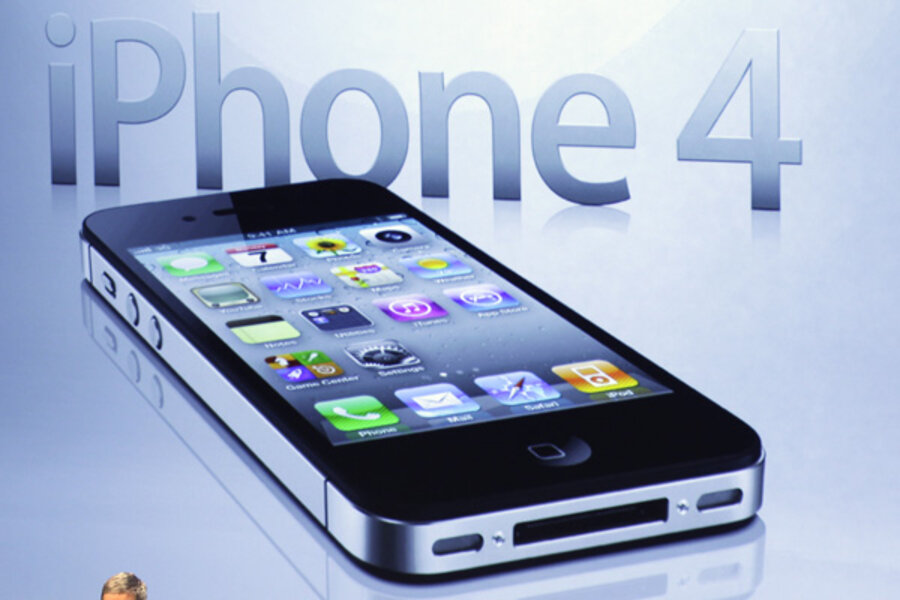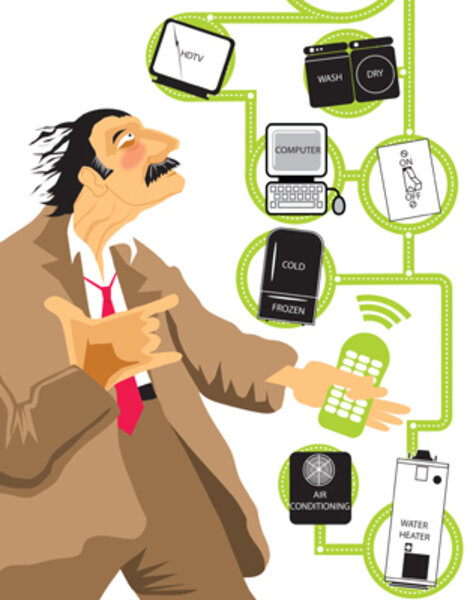Unlike the AT&T iPhone, Verizon's will let subscribers use the device as a portable Wi-Fi hotspot.
Essentially, the special mode turns your iPhone into a Wi-Fi router. Assuming that you have 3G connection in a given area, the iPhone will take that cellular signal and turn it into Wi-Fi signal for up to five other devices.
The feature is great for using laptops on the road or Web surfing on iPads that don't have 3G antennas.
Nota bene: While 3G connections are often more than enough for a single iPhone, data speeds may slow to a trickle when shared across five devices. "Personal hotspots" are a Verizon convenience, not loophole for power users.
Also, Verizon has kept mum on data rates. AT&T discontinued its unlimited data plan, after its network struggled to keeping up with demand. If Verizon decides to imposes usage caps – such as AT&T's two gigabyte-a-month max – then this personal hotspot could quickly drain your monthly allotment.
Still, it's a pretty cool feature.
SEE RELATED: Verizon iPhone release date closing in fast






